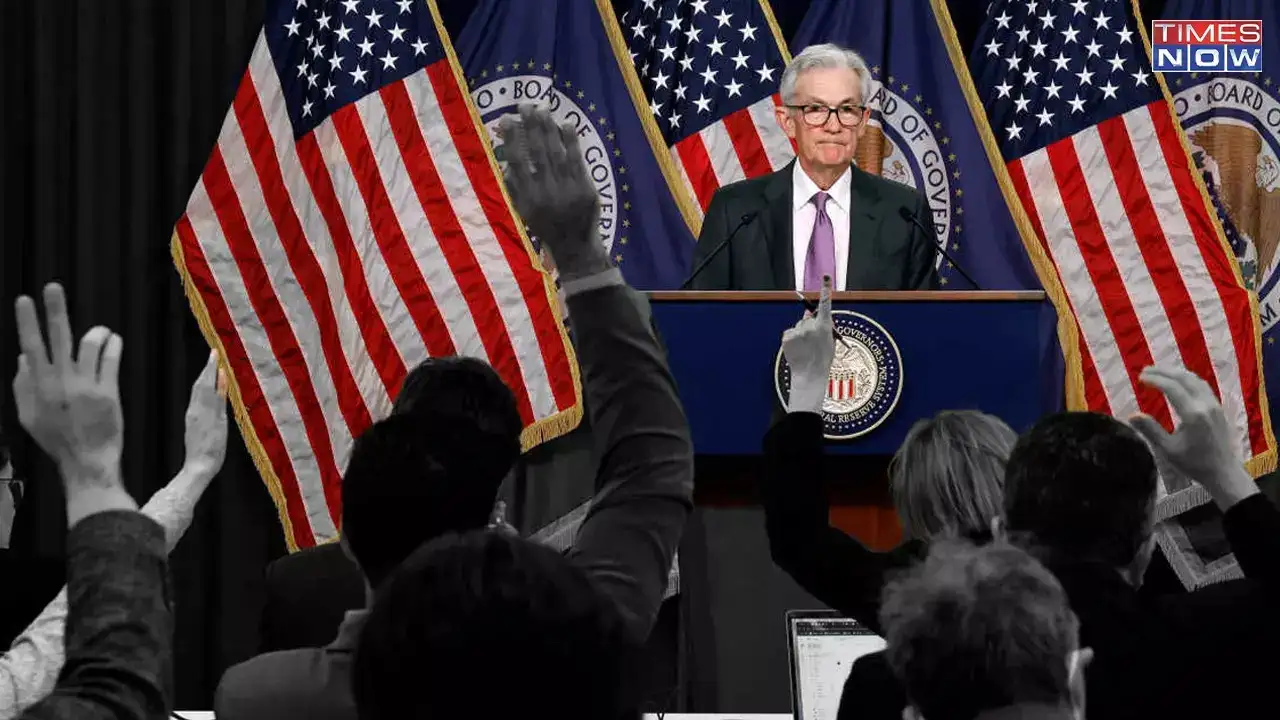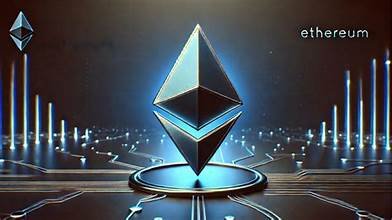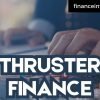Table of Contents
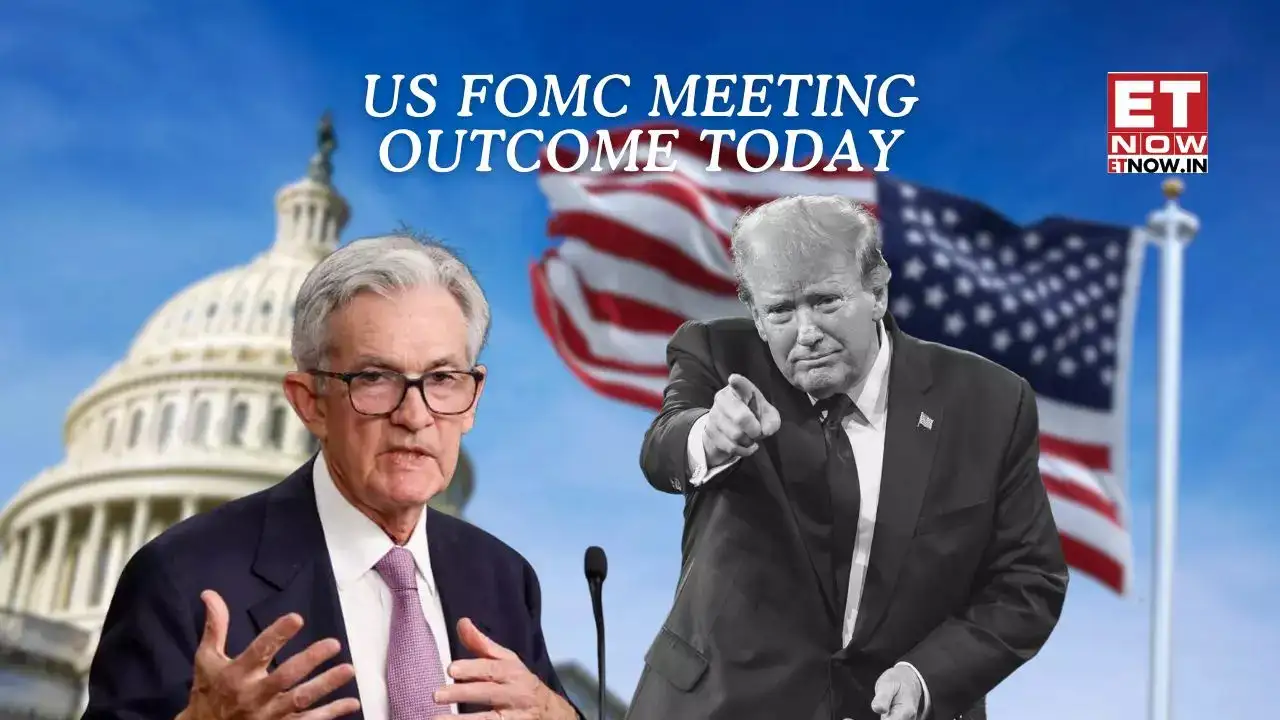
The Federal Open Market Committee , also known as the Federal Reserve System, is an important component of the United States Federal Reserve System. This blog is covered by financeinfo. It is a key player in determining the monetary policy of the United States, as it influences interest rates, controls inflation and guides the health of the economy.
FOMC?
Federal Open Market Committee is the Federal Reserve branch responsible for the oversight of open market operations, which include the buying and sale of government securities. These operations have a direct impact on the federal funds rate, which is the interest rate that banks use to lend each other overnight. The manages this rate to control liquidity within the banking system, and by extension, economic activity.
The FOMC consists of 12 members, including seven members of Federal Reserve Board of Governors and the president of Federal Reserve Bank of New York. Four of the eleven remaining regional Federal Reserve Bank Presidents rotate on a regular basis.
The Evolution of the FOMC
There was created by the Banking Act of 1934, during the Great Depression as part of efforts to stabilize U.S. banks and the economy. Before its creation, there was no central coordination of monetary policy, which led to inconsistent actions from the Federal Reserve Banks. The committee’s purpose was to centralize decision-making in open market operations, and to provide a systematic way to control money supply and credit.
The (FOMC) changed over the years in response to changes in economic conditions and developments on financial markets. The gained a lot of influence after the 1951 Treasury-Federal Reserve Accord, which restored independence to the Fed in monetary policy. Over the years, the FOMC has taken on a more expansive role, including managing inflation targets, job goals, and, most recently, concerns about financial stability.
FOMC make decisions
The ( FOMC) holds eight meetings per year, plus additional ones during times of economic instability. The Federal Reserve Board and Federal Reserve Banks analyze extensive economic data before each meeting. The data includes information on inflation, unemployment and GDP growth. It also includes consumer spending, investment in business, and global trends.
Members review the information during meetings, discuss risks, and vote for monetary policy decisions, such as setting a target federal funds rate, or implementing quantitative ease. Although decisions are taken collectively, Jerome Powell is the Federal Reserve chair and the leader of the committee.
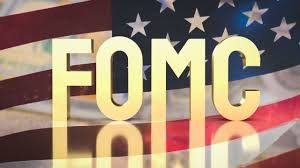
Open Market Operations
The FOMC’s primary tool for implementing monetary policy is open market operations. The Fed can adjust the amount of reserve in the banking system by buying or selling U.S. Treasury Securities and other financial instruments on the open market. The Fed injects liquidity when it buys securities. This lowers the federal funds rate, and encourages lending and investment. Selling securities reduces liquidity and pushes rates up to cool the economy.
These (FOMC) operations have an impact on short-term rates of interest and ripple effects across various credit markets including consumer credit, mortgages and business loans. Open market operations are a powerful tool for managing economic growth and inflation because of their flexibility and precision.
Dual mandate of the FOMC
(FOMC) Reserve is mandated by Congress to achieve maximum employment while maintaining stable prices. FOMC policy decisions are aimed at balancing these sometimes contradictory goals. Lowering interest rates, for example, may increase employment by stimulating the economy but also risk a higher inflation. Increasing rates may help to control inflation, but it can also slow down job creation.
It takes months for the full impact of a policy change to be felt. This requires careful analysis and projection. The FOMC monitors the economy continuously to make adjustments to policy when necessary to achieve its goals sustainably.
Quantitative Easing & Unconventional Policy
In extraordinary circumstances such as the financial crisis of 2008 and the COVID-19 Pandemic, FOMC employed unconventional monetary policy, like quantitative easing. QE is the large-scale purchase of securities with a longer term to lower interest rates on long-term and stimulate investments when short-term rates have already fallen below zero.
(FOMC) measures are beyond open market operations, and they’re designed to support the economy when other tools fail. The FOMC’s ability to respond with innovative policy measures demonstrates its adaptability, but also brings up debates on long-term effects on financial stability and inflation.
Transparency and Communication
Over the past few decades, (FOMC) has increased its emphasis on communication and transparency. In the past, monetary policies were kept secret, which created uncertainty on financial markets. The FOMC now publishes its meeting minutes three weeks after the event, makes economic projections and holds regular press conference.
A clear communication can help set expectations in the market, reduce volatility and improve monetary policy effectiveness. Forward guidance, which is the FOMC’s statement about interest rate paths in the future that are likely to be followed, has become an important tool for managing economic outcomes.
The impact of (FOMC) decisions on the economy and markets
FOMC decisions have a direct impact on borrowing costs for both households and businesses. Federal funds rate changes affect auto loans, corporate financing, corporate credit cards and mortgage rates. Lower rates tend to stimulate business investment and consumer spending, which in turn promotes economic growth.
FOMC announcements are quickly acted upon by the financial markets. Stock prices, currency values, and bond yields often change in anticipation or response to policy changes. Global markets are also paying close attention to Fed policy, since the U.S. Dollar is the primary reserve currency in the world and it impacts international capital flow.
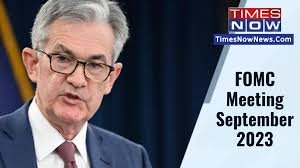
FAQs
What’s the difference between (FOMC) and Federal Reserve Board?
FOMC Reserve Board of Governors oversees the Federal Reserve System. The FOMC is the Fed committee that sets monetary policy via open market operations.
Q. Who is the FOMC?
The FOMC is composed of seven members of Federal Reserve Board of Governors and the president of Federal Reserve Bank of New York. Four of the eleven other Federal Reserve Bank Presidents are also included on a rotational basis.
Q.What is the role of the (FOMC) in influencing interest rates?
The FOMC can influence short-term interest rate by setting a federal funds target and performing open market operations. This will then have an impact on broader financial conditions.
Q. Other than interest rates, what other tools does the FOMC utilize?
To manage monetary policies, the FOMC uses unconventional measures like quantitative easing, open market operations and reserve requirements.
Q. How does FOMC balance employment and inflation?
The FOMC’s goal is to maintain inflation at 2% while promoting maximum employment. The FOMC adjusts interest rates and other instruments based on the economic conditions.
conclusion
FOMC plays a central role in U.S. Monetary Policy and, indirectly, the global economy. The FOMC has a direct influence on economic growth, job creation, inflation and the stability of financial markets through its control of the federal funds rate. The FOMC’s decisions are based on data, economic forecasts and a mandate to maximize employment and maintain price stability.

